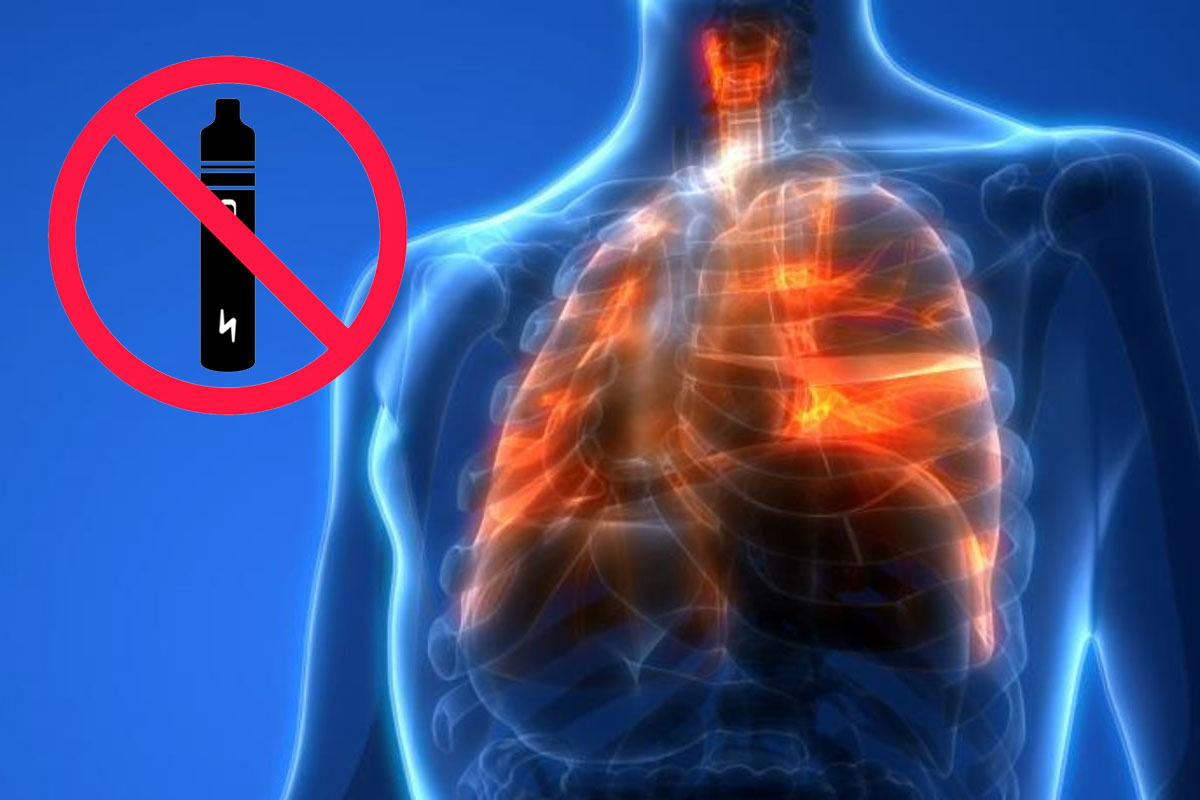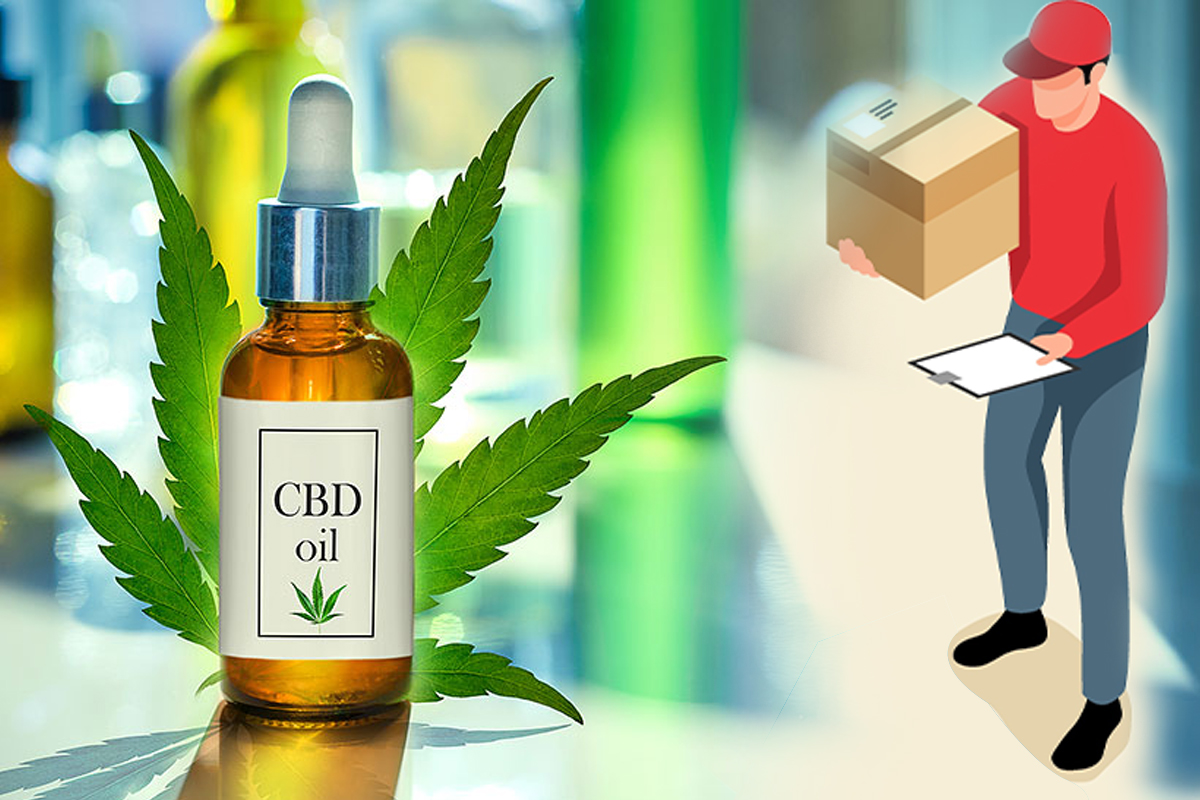What Are the Symptoms of Vaping Too Much?
As vaping has surged in popularity, it’s also become evident that excessive use can come with significant health risks. While many people start vaping as an alternative to smoking, others are drawn to it by the availability of appealing flavors and the perception of it being a less harmful habit. However, overuse can lead to both immediate and long-term symptoms, some of which are serious and require medical attention. Here’s a comprehensive guide to understanding the symptoms of vaping too much, so you can recognize the risks and take steps to protect your health.
Understanding Vaping and How It Works
Vaping devices, also known as e-cigarettes or vape pens, work by heating a liquid (commonly called e-liquid or vape juice) to produce an aerosol that users inhale. The primary components of e-liquids are nicotine, flavorings, propylene glycol, and glycerin. The nicotine concentration in these products can vary significantly, and while they contain fewer harmful chemicals than traditional cigarettes, they are far from harmless.
The design of vape devices allows users to inhale high concentrations of nicotine quickly, which can lead to overuse and even nicotine poisoning. Furthermore, the flavors and additives present in the vapor can also have adverse effects on the body, especially with regular or heavy use.
Immediate Symptoms of Vaping Too Much
1. Nicotine Overdose Symptoms
Nicotine overdose, often referred to as “nic-sickness,” is one of the most common risks associated with vaping too much. According to the American Lung Association, consuming high levels of nicotine in a short period can lead to nausea, vomiting, and dizziness. Some people may experience confusion or anxiety, sweating, and excessive salivation. Other signs of nicotine overdose include increased heart rate and blood pressure, abdominal pain, and headaches.
2. Respiratory Issues
The lungs and respiratory tract are immediately affected by vaping, especially with frequent, high-dose use. Symptoms such as a persistent cough, throat irritation, chest pain, and shortness of breath are commonly reported. In severe cases, overuse can lead to a condition called e-cigarette or vaping product use-associated lung injury (EVALI), which the CDC has recognized as a serious and potentially fatal condition linked to vaping.
3. Neurological Effects
Nicotine, being a stimulant, affects the central nervous system. Overuse can result in dizziness, tremors, and, in extreme cases, seizures. These symptoms occur because nicotine increases activity in the brain, and too much can overstimulate it, leading to adverse neurological reactions. In fact, there have been reported cases where high concentrations of nicotine from vaping led to neurological emergencies.
Long-Term Health Effects of Excessive Vaping
1. Respiratory System
Long-term vaping can lead to chronic respiratory conditions. The American Lung Association warns that inhaling substances like propylene glycol and vegetable glycerin, especially when heated, can irritate the lungs and potentially cause chronic bronchitis. Some users have also been diagnosed with bronchiolitis obliterans, more commonly known as “popcorn lung,” a condition where the smallest airways in the lungs become inflamed and scarred, leading to breathing difficulties.
2. Cardiovascular System
Studies have found that frequent vaping can lead to elevated heart rate and high blood pressure, both of which increase the risk of heart disease. The American Heart Association has noted that nicotine intake through vaping can increase adrenaline levels, leading to stress on the cardiovascular system. Long-term exposure to nicotine has been linked to conditions such as arteriosclerosis, which is the hardening of the arteries and a major risk factor for heart attacks and strokes.
3. Neurological Impact
Nicotine is highly addictive, and over time, it can alter brain chemistry, leading to dependence. Long-term users may find it challenging to quit and experience cognitive impairments, such as memory issues and decreased attention span. Additionally, some studies indicate a link between vaping and mood disorders, including anxiety and depression, especially in young adults whose brains are still developing.
4. Oral Health
Vaping can dry out the mouth, which increases the risk of gum disease and tooth decay. Nicotine restricts blood flow, which may impair healing and promote infections in the gums. A study from the American Dental Association highlights the correlation between vaping and increased cases of gum disease and tooth decay among regular users.
Factors Contributing to Overuse of Vaping
High Nicotine Concentration
Many e-liquids contain very high levels of nicotine, which can lead to unintentional overuse. Some e-liquids have more nicotine in a single cartridge than a pack of cigarettes, leading to a quick buildup of nicotine in the bloodstream.
Flavorings and Additives
The variety of flavors and the presence of additives like diacetyl, which has been linked to lung damage, make vaping more appealing, especially to younger users who may not be fully aware of the risks.
Social and Behavioral Factors
Marketing strategies by vape companies targeting young people, the influence of social media and peer pressure have all contributed to the popularity of vaping and may increase the likelihood of excessive use.
Recognizing the Signs of Vaping Addiction
Behavioral Indicators
Signs of vaping addiction include using the device more frequently, trying to cut down but failing, and spending more time or money on vaping than intended. In extreme cases, individuals may prioritize vaping over other responsibilities and commitments.
Physical Dependence
Nicotine is highly addictive, and withdrawal symptoms can appear if a person stops using it. These symptoms include cravings, irritability, difficulty concentrating, and increased appetite.
Impact on Daily Life
As dependence grows, it may interfere with daily activities and responsibilities, such as school, work, or family life. Social isolation or increased anxiety can also be indicators of vaping addiction.
How to prevent and reduce the harm caused by vaping
Limiting Nicotine Intake
One of the first steps to reducing the risks associated with vaping is to choose e-liquids with lower nicotine concentrations. Gradually lowering the nicotine level over time can help minimize dependence.
Setting Usage Boundaries
Establishing rules like designating certain areas as vape-free zones or times, such as avoiding vaping before bed, can help prevent overuse and create healthier boundaries around the habit.
Seeking Professional Help
For those struggling with nicotine addiction, counseling and support groups can provide tools to quit and offer a support network to maintain progress. Organizations like the American Lung Association offer resources specifically for people looking to quit vaping.
Frequently Asked Questions
Can you overdose on nicotine from vaping?
Yes, excessive vaping can lead to nicotine poisoning, which can cause symptoms such as nausea, vomiting, headaches, and dizziness.
How much vaping is too much?
The answer varies per individual, but if you’re experiencing adverse symptoms like those listed above, it could indicate overuse.
Is vaping less harmful than smoking?
While some studies suggest that vaping is less harmful than smoking traditional cigarettes, it still poses significant health risks, especially with heavy use.
Can vaping cause lung damage?
Yes, vaping has been linked to lung damage, including conditions like EVALI, which can be life-threatening.
What are the withdrawal symptoms of quitting vaping?
Common withdrawal symptoms include irritability, anxiety, difficulty concentrating, increased appetite, and strong cravings.
Conclusion
Although vaping seems safer than smoking, excessive use can lead to a range of short- and long-term health problems. Identifying the signs of excessive vape use is crucial to maintaining your health. If you or someone you know is experiencing symptoms of excessive use or signs of addiction, consider seeking help from a healthcare professional. By taking the right steps and raising awareness, it is possible to reduce the health risks associated with vaping.








